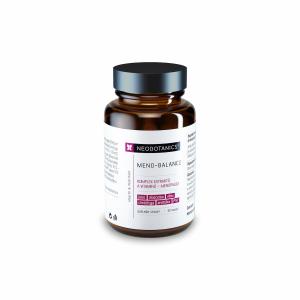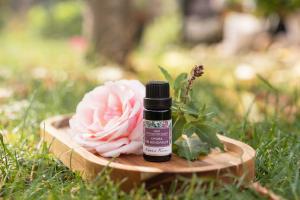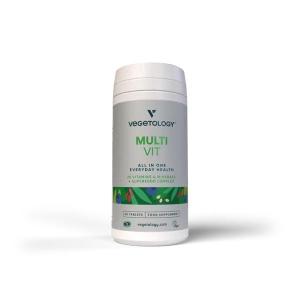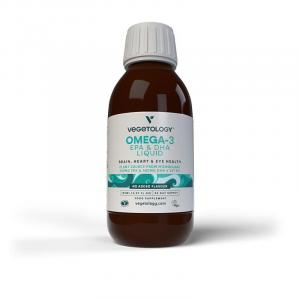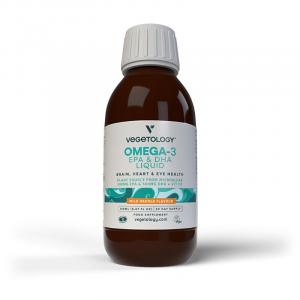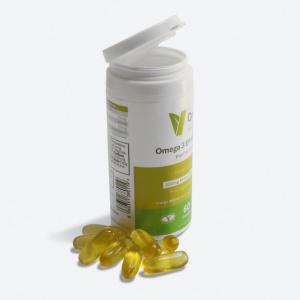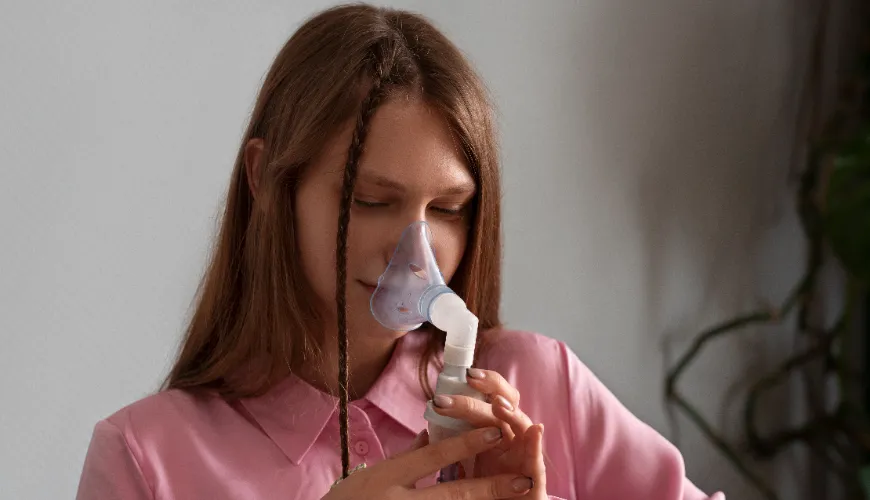
How to Get Rid of Hot Flashes and Feel Better

Symptoms, Causes, and Relief Options for Hot Flashes
Hot flashes are one of the most common symptoms accompanying menopause. This phenomenon, also known as hot flushes, manifests as a sudden and often very intense feeling of heat spreading throughout the body. It usually begins on the face, neck, and chest but can spread to other parts of the body. For many women, this condition is not only physically uncomfortable but can also affect their mental well-being and daily life.
Hot flashes can vary greatly in terms of their intensity and frequency. Some women experience them several times a day, while others only occasionally. During a hot flash, heart rate may increase, sweating occurs, and chills often follow once the flash subsides. These episodes can last from a few seconds to several minutes, although sometimes they can be much longer. Besides physical symptoms, hot flashes can also trigger feelings of anxiety, irritability, or even depression, which only exacerbates their negative impact on quality of life.
Try our natural products
Causes of Hot Flashes
One of the main factors causing hot flashes is hormonal changes that occur during menopause. The decrease in estrogen levels affects body temperature regulation, which leads to these sudden feelings of heat. The thermoregulatory center in the brain, specifically the hypothalamus, which controls body temperature, starts to overreact to these changes, causing the hot flashes.
Although hot flashes are most commonly associated with menopause, they can also occur in women undergoing hormone therapy or with certain health issues, such as thyroid disorders. Hot flashes can also be a side effect of certain medications or may appear after the removal of ovaries, leading to a sudden drop in hormones in the body.
Other factors that may contribute to the occurrence of hot flashes include stress, anxiety, overweight, alcohol consumption, caffeine, or smoking. Women with a sedentary lifestyle or chronic stress may be more prone to frequent and intense hot flashes.
Try our natural products
What Helps with Hot Flashes?
For many women, finding an answer to what helps with hot flashes is crucial. There are several ways to alleviate or even completely eliminate these unpleasant symptoms. One recommended method is to adjust lifestyle.
Diet: A diet rich in phytoestrogens, such as soy, flaxseeds, chickpeas, or tofu, may help balance hormonal imbalances and alleviate hot flashes. Phytoestrogens mimic the effects of estrogen in the body, which can lead to less temperature fluctuation. It is also recommended to limit the consumption of spicy foods, caffeine, and alcohol, which can exacerbate symptoms.
Physical Activity: Regular physical activity can have a positive impact on overall health and reduce the frequency and intensity of hot flashes. Exercises such as yoga, pilates, or even just walking can help regulate hormonal balance and improve mood, which can reduce stress and thus the occurrence of hot flashes.
Stress Management Techniques: Stress is a significant trigger for hot flashes. Stress management techniques such as yoga, meditation, deep breathing, or mindfulness can help reduce the frequency of hot flashes. Meditation and relaxation techniques help calm the mind and body, which can decrease the intensity of these symptoms.
Natural Remedies and Hormone Therapy
Another option to alleviate hot flashes is the use of natural dietary supplements or herbal teas. Herbs like black cohosh, sage, or dong quai (Chinese angelica) are known for their ability to reduce menopause symptoms, including hot flashes. These natural remedies have a proven effect on reducing the intensity and frequency of hot flashes. However, it is important to consult a specialist before using them, as they may have side effects or interact with other medications.
If natural methods are not sufficiently effective, it is possible to consider consulting a doctor about hormone therapy. Hormone replacement therapy (HRT) can be very effective in reducing hot flashes because it supplies the body with estrogens that help stabilize body temperature. However, this treatment also carries certain risks, such as an increased risk of breast cancer or blood clots, so it is important to carefully consider all options and consult your symptoms with a specialist.
The best sources of phytoestrogens include the following foods: Flaxseeds, soy, tofu, tempeh, soy milk, peaches, garlic, sesame seeds, broccoli, Brussels sprouts, and kale, nuts, cashews, almonds, and pistachios.
In addition to the approaches mentioned above, it's important to realize that hot flashes can also be influenced by environmental factors, such as surroundings, stress, or certain foods. For example, spicy foods, caffeine, or alcohol can increase the likelihood of hot flashes in some women. Therefore, it is advisable to monitor what triggers these symptoms and adjust your habits to minimize their impact.
If you're looking for an answer to what helps with hot flashes, it's important to find methods that are most effective for you. Every woman is different, and what works for one may not necessarily work for another. Therefore, it's beneficial to try different approaches and observe which ones provide the most relief.
Hot flashes can be uncomfortable, but with appropriate measures, they can be managed and their impact on your daily life minimized. It is important to listen to your body, experiment with different methods, and not hesitate to consult a specialist if needed. With this approach, you can find what truly helps with hot flashes and improve your quality of life.
